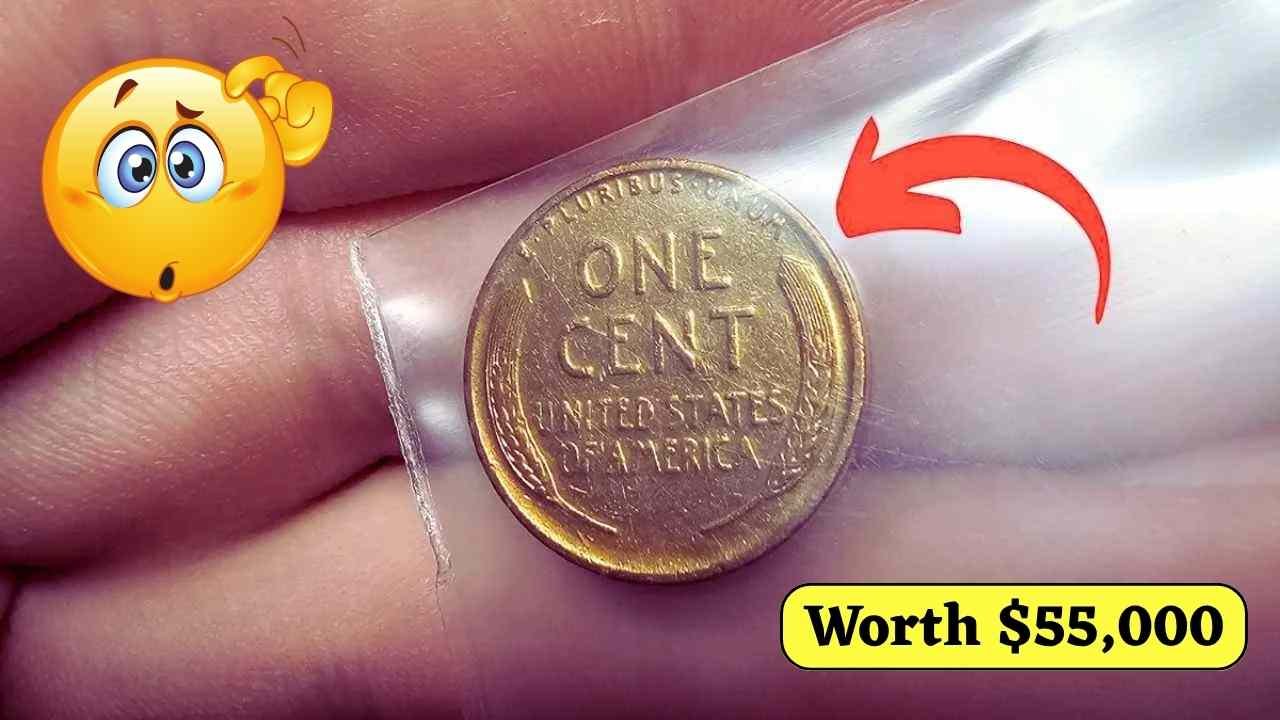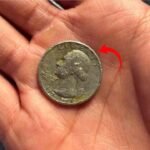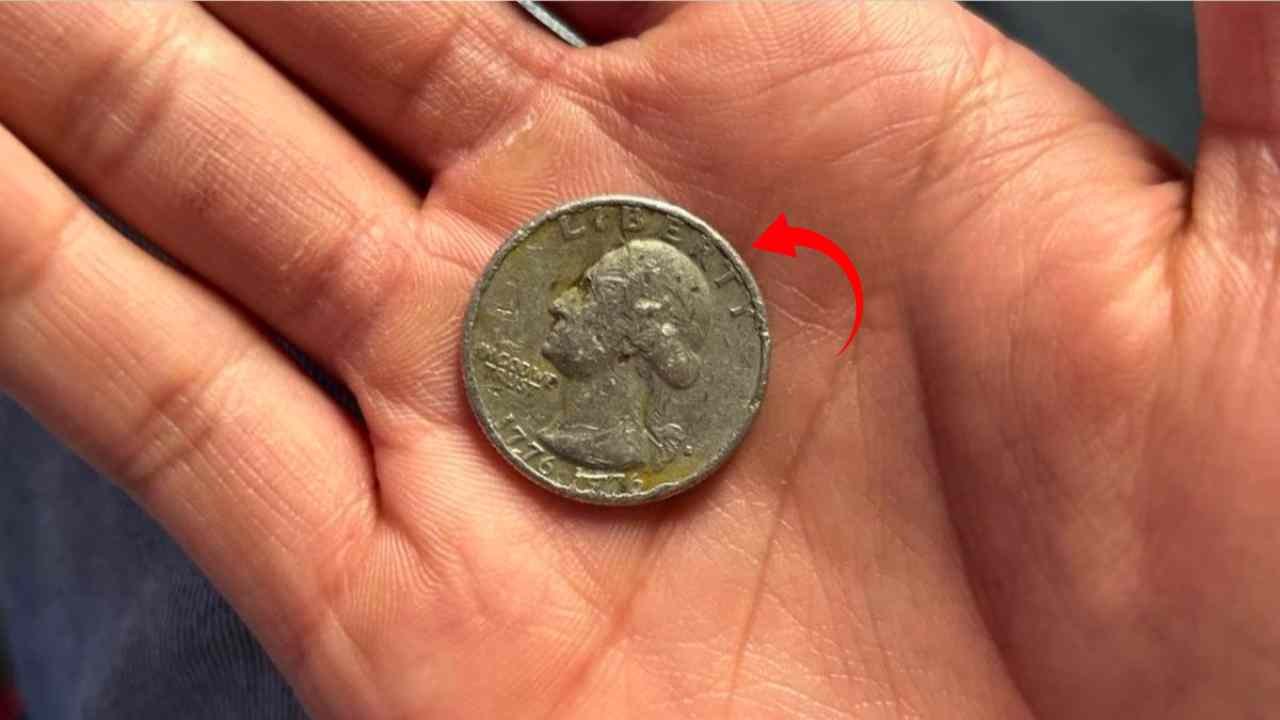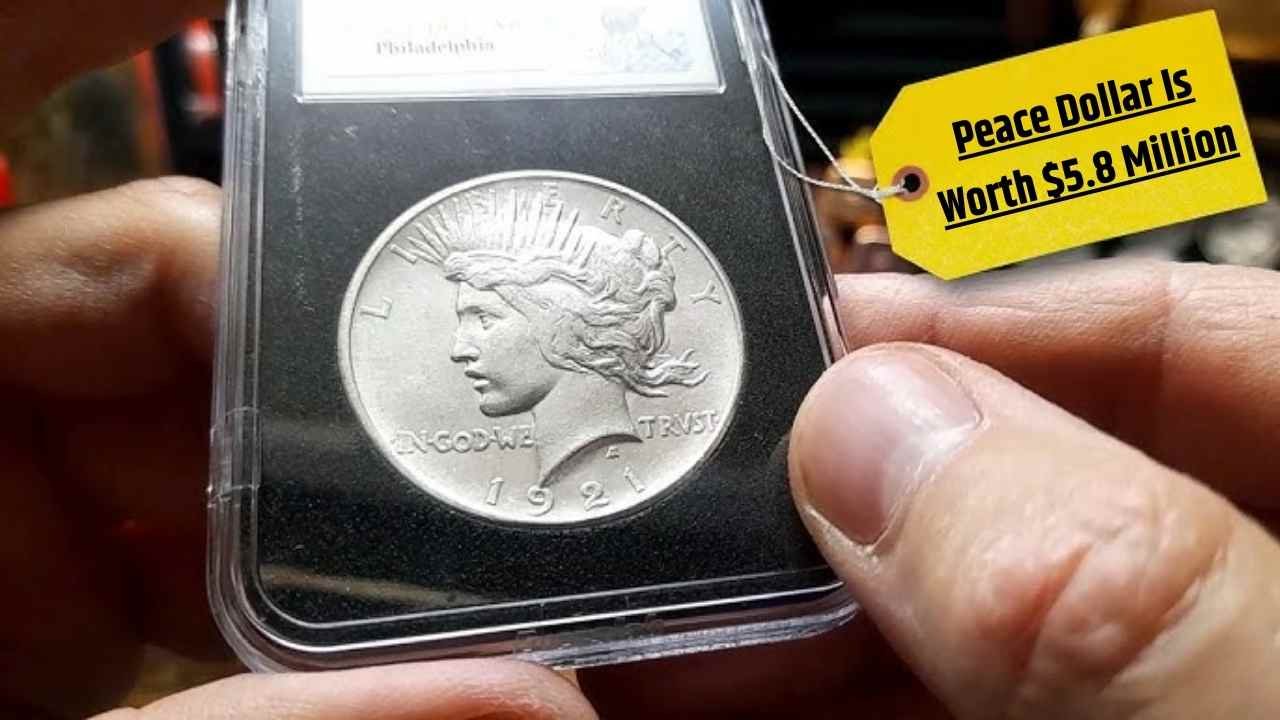$55000 Wheat Penny Mistaken for Lincoln Coin: Imagine finding a small penny in your change and later discovering it’s worth $55,000. That’s exactly what happened when a rare Wheat Penny, almost mistaken for a regular Lincoln cent, was identified by a sharp-eyed collector. This discovery has shocked the numismatic community and reminded everyone that hidden treasures still exist in plain sight.
How the Coin Was Misidentified at First
The collector who found the coin initially believed it was just an ordinary Lincoln Memorial cent. After all, most people don’t think twice about a one-cent coin. But something about the coin’s age and surface appearance raised curiosity. Upon flipping it and noticing the wheat stalk design on the reverse, the owner realized it was something older and potentially valuable.
What Makes This Wheat Penny Worth $55,000?
The coin turned out to be a rare 1943 Bronze Wheat Penny a mistake that occurred when
 Bicentennial Quarters Worth $280 Million Each, Discover If You Own One of These 8 Rarities
Bicentennial Quarters Worth $280 Million Each, Discover If You Own One of These 8 Rarities
The Rarity of the 1943 Bronze Penny
In 1943, the U.S. Mint switched from copper to steel planchets to save copper for the war effort. However, a small number of bronze blanks were accidentally used. These bronze Wheat Pennies are among the most sought-after error coins in U.S. history. The combination of a common year and an uncommon material makes them highly collectible and extremely rare.
How It Was Confirmed and Graded
After the collector grew suspicious, they sent the coin for expert grading. Numismatic professionals examined its weight, composition, and strike. The coin’s authenticity and
error were confirmed through testing and certification. It was officially labeled as a 1943 Bronze Lincoln Wheat Cent in high grade, boosting its auction value and appeal significantly.Why These Errors Matter to Collectors
Minting errors and transitional coins like this hold special appeal for collectors because they represent a moment when the system briefly broke making them accidental historical artifacts. The demand for error coins is high because they’re not just old, they’re unique. This $55,000 penny tells a story of war, resource changes, and overlooked details at the U.S. Mint.
Don’t Ignore Your Old Change
This story is a wake-up call for coin holders and hobbyists. Many people unknowingly hold rare coins in jars, drawers, or piggy banks. Older coins with odd colors, unusual dates, or printing flaws could be worth thousands. With a little research and careful inspection, you might uncover a hidden gem among your change.
Steps to Take If You Find a Rare Coin
If you think you’ve found a valuable coin, avoid cleaning it this can reduce its value. Store it safely in a soft case or coin holder. Then, consult a professional grader or numismatic expert. Get the coin authenticated before putting it on sale. Certified coins sell for higher prices and are trusted by buyers in auctions and collector markets.
Disclaimer
This article is for educational purposes only. Prices mentioned are based on past auctions and collector interest and may vary with time. Finding a rare coin is possible but not guaranteed. Always verify the authenticity and value of coins through reputable grading agencies or coin dealers before making any decisions.









